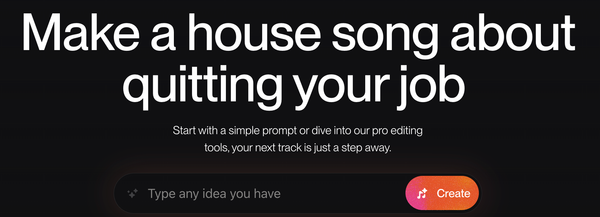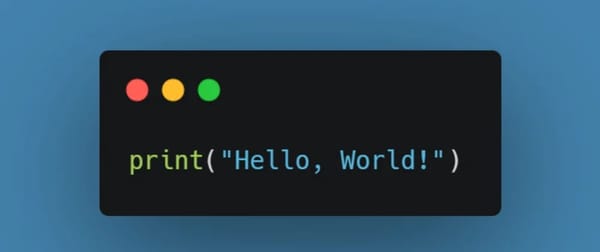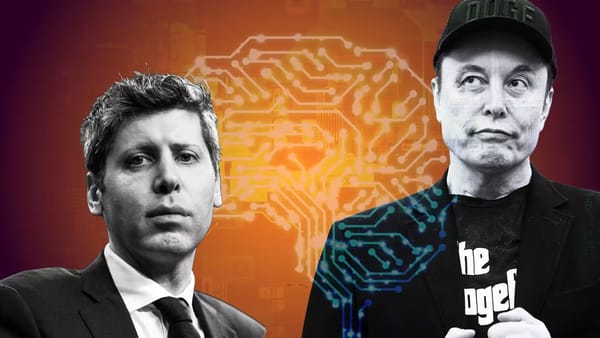Is Duolingo Scaling Up and Dumbing Down?
Duolingo won millions by being your quirky, judgy sidekick. Will going full-AI suck out its so"w"l?
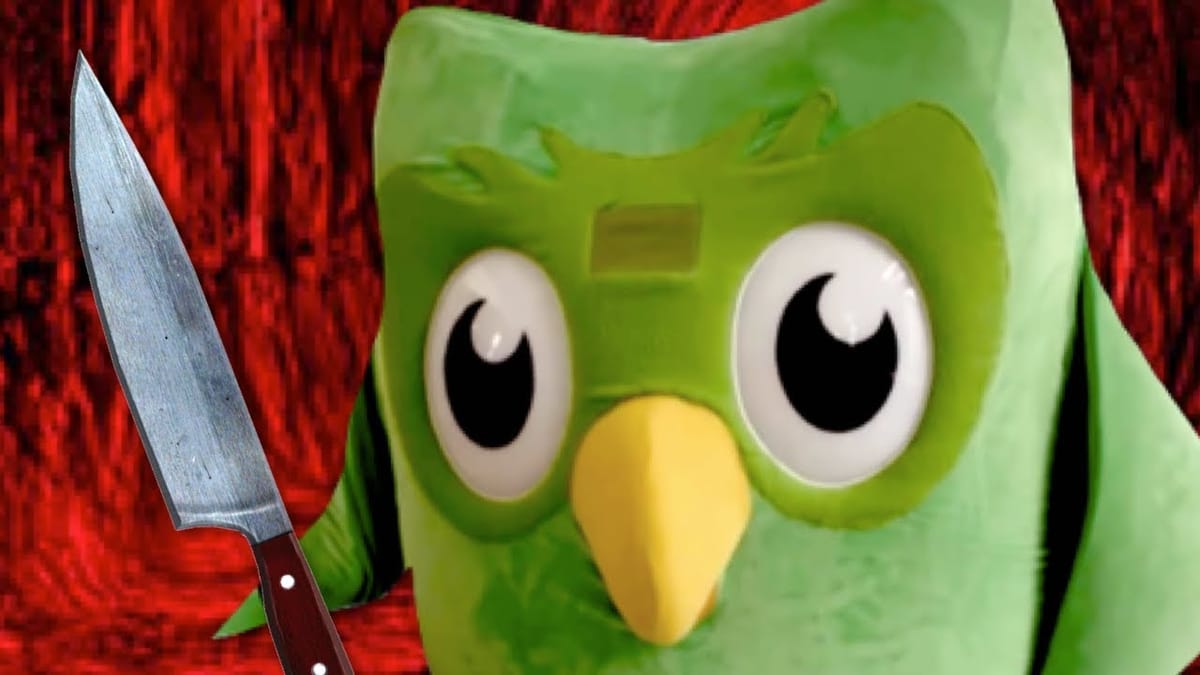
AI is officially tech's favorite hammer; suddenly every app looks like a nail.
Spotify recently handed playlists to an AI DJ blending synthetic commentary with algorithmically tailored song picks; Snapchat invites users to transform selfies into surreal AI-generated avatars; and LinkedIn now pushes automated career advice and resume-polishing tips we never asked for (as if professional networking wasn't robotic enough already).

Duolingo's CEO announced the AI-first initiative this week. No matter how he spins it, the rhetoric boils down to "If AI can do it, humans won't."
But Duolingo's pivot feels different: less like a tweak, more like a heart transplant. By swapping human course creators for fully algorithmic lessons, Duolingo isn't just scaling content; it's gambling with the quirky charm that turned daily language drills from tedious chores into addictive rituals.
It's a bold swing that might boost efficiency, sure – but it also threatens the very user experience that made Duolingo beloved. After all, Duolingo isn't just another app; it's probably the only platform that regularly gaslights your mind and somehow leaves you grateful for it. In the rush to automate, Duolingo risks trading sustained engagement for short-term scale, a classic tech misstep we've seen play out repeatedly.
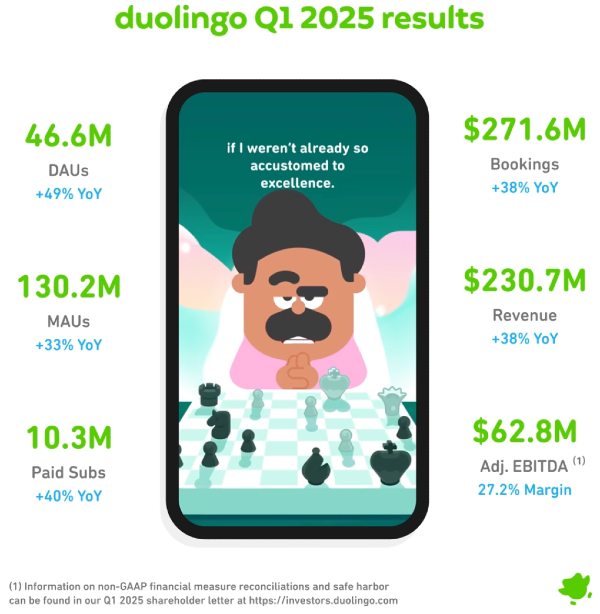
Before unpacking exactly what's at stake, let's revisit a few cautionary tales from the past decade. Each illustrates how aggressively chasing scale and automation can dilute a platform's core appeal.
When Growth Becomes Self-Sabotage
Netflix
Take Netflix. For years, it threw content at the wall, greenlighting hundreds of shows per year under the mantra of "more, more, more." In 2023 alone, Netflix released over 100 new TV seasons and canceled 23 in nearly the same breath, often killing beloved series prematurely.
The result? Frustrated users (myself included – bring back Mindhunter and 1899). Netflix seemed intent on sacrificing quality for quantity's sake. You'd get hooked on a new show only to see it abruptly canceled, unfinished. After all, why bother getting invested if Netflix keeps pulling the plug?

Meanwhile, an endless stream of mediocre originals cluttered your feed, making gems tougher to find. Even loyal viewers questioned whether this content bloat was worsening their experience. Indeed, the percentage of Netflix users reporting they can easily find enjoyable content dropped from 79% in 2022 to 75% in 2024, leaving millions more scrolling aimlessly in a sea of forgettable shows.
Netflix's binge on data-driven decisions inadvertently eroded trust and habit loops. Quantity overwhelmed quality – a critical warning for any consumer app.

Clubhouse
Clubhouse offers another parallel. At its pandemic-era peak, Clubhouse's audio chats felt fresh and intimate; invite-only exclusivity and genuine human exchanges were the magic.
But when Clubhouse rapidly scaled, quality cratered. The app opened the floodgates and swiftly lost control over moderation and content curation. Almost overnight, those once-engaging rooms devolved into spammy monologues and repetitive panels. Users who'd spent hours captivated now felt alienated. By 2023, Clubhouse's MAUs plummeted a staggering 93% from its 2021 peak.

Hype alone couldn't sustain the habit; people stick around only as long as the content feels meaningful. Clubhouse learned the hard way: scale too fast, lose control of quality, and watch users vanish.
Medium
Medium, too, walked this path. In its pursuit of maximizing engagement, Medium's algorithm rewarded clickbait and shallow takes. The platform became inundated with listicles and viral fluff, crowding out the thoughtful essays that built its reputation. Ironically, Medium's internal metrics became a false idol: high engagement got mistaken for high quality. Even Medium's CEO later admitted they "lost our way" by assuming more engagement equals better content.
Independent creators who migrated to Medium hoping for amplified reach instead saw traffic dip sharply. By promoting shallow, content-farm style pieces, Medium alienated its core audience – the exact opposite outcome desired for longevity. Over-automation of curation turned it into precisely the click-farm users hoped to escape.

Turns out readers don't crave "37 Ways to Boost Productivity Before Breakfast" as much as it hoped.
Duolingo now stands at a similar crossroads. By heavily leaning into AI-generated lessons and scaling rapidly, it risks repeating Netflix's content fatigue, Clubhouse's post-hype slump, and Medium's engagement missteps. Simply put, more content does not equate to more engagement – it can erode the delicate habit loops and trust that keep users loyal.
Habit > Automation: Why We Come Back
Consumer apps like Duolingo succeed not because they flood users with content, but because they nail the subtle psychology of engagement. They create habits, tap into emotions, and build personal connections.
Duolingo's founders famously described the app as more game than class, and that's no accident; it's built on psychological triggers and human-centered design, making learning addictive in all the right ways. And here's the key point:
It's not merely that AI struggles to replicate human warmth; automated blandness actively disrupts the habit loops essential to retention.
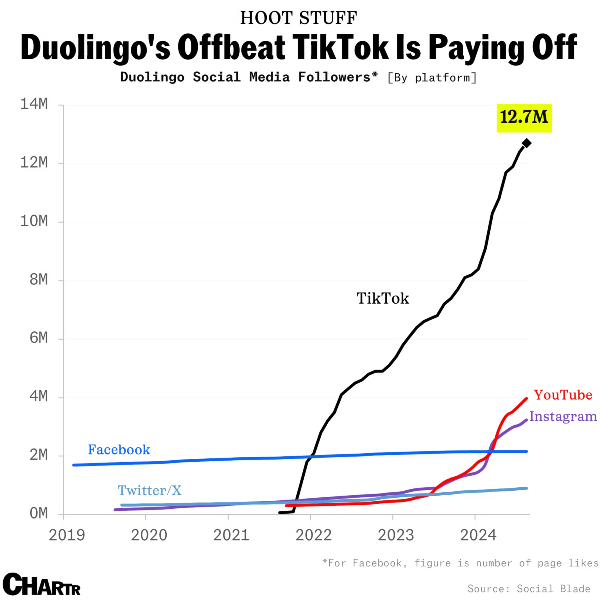
Losing sight of this subtle psychology during the AI gold rush risks alienating users, no matter how many new lessons hit the app. To understand why, let's quickly recap the psychological drivers behind app engagement, from language to fitness to social media:
Progress & Streaks
One of Duolingo's most effective motivators is its streak counter. That little flame ticking upward each day directly engages our brain's reward system. Indeed, maintaining just a 7-day streak makes learners 3.6× likelier to finish their course. Hitting a streak isn't just a vanity metric; it taps deeply into our emotional aversion to losing hard-earned progress.
No amount of AI-generated content matters if users lack the motivation to engage. Duolingo's secret has always been the human-crafted celebrations and nudges, leveraging loss aversion perfectly. An AI may churn out practice sentences, but can it evoke the same emotional investment day after day?

Human Community & Coaching
Successful consumer products blend automation with irreplaceable human elements. Peloton, for instance, transformed what could have been a solitary grind into a vibrant community event, thanks to charismatic instructors who made users feel seen, supported, even inspired. (Nothing motivates like being gently yelled at by someone way fitter than you.)
If Peloton instructors thrived on passive-aggression...
Research in psychology confirms it: social connection is deeply motivating for behavioral change (Baumeister & Leary, 1995). Duolingo's leaderboards and forums tap into this same psychology. Stripped of human warmth, AI lessons could feel empty, cold, and forgettable.
Variable Rewards & Novelty
Then there's TikTok: algorithmic mastery, yet fundamentally human-driven. Its secret sauce lies in "random reinforcement": sometimes you hit the jackpot with an engaging video, other times you swipe past duds. That unpredictability fuels dopamine-driven scrolling. Crucially, TikTok thrives because of real human creators, not just clever algorithms. Duolingo, too, would do well to remember that algorithms resonate most when they enhance, not replace, human creativity.
In short, the drivers of engagement are deeply psychological: pride, community, surprise – not an endless supply of AI-generated flashcards. Duolingo's success hinges on these human touches.

Here's a quick breakdown of four psychological levers keeping learners hooked:
| Habit Lever | Human Touch? | Can AI Fake It? | If AI Falls Short... |
|---|---|---|---|
| Loss-Aversion Streaks | ✅ Tailored nudges | ⚠️ Robotic reminders | Ping fatigue → Streak death |
| Quirky "Wait, what?" Moments | ✅ Writer mischief | ❌ Humor lost | Bland lessons → User Churn |
| Social Warmth & Rivalry | ✅ Leaderboards, forums | ⚠️ Limited matchmaking | Cold competition → Disengagement |
| Cultural Nuance & Idioms | ✅ Linguist curation | ❌ Contextual misfires | Awkward mistakes → Lost trust |
Push automation too far, and Duolingo risks becoming just another spammy chatbot.
The Human Touch That Made Duolingo Great
Ironically, a product praised for tech-savvy owes much of its charm to human input. Behind Duolingo's whimsical phrases, cultural tidbits, and playful examples are linguists, educators, and thousands of Incubator volunteers. Those volunteers weren't algorithms optimizing a funnel; they were passionate people ensuring you mastered subtle nuances and laughed at odd sentences.
With its AI pivot, Duolingo risks stripping away precisely that warmth. Early testers already say new lessons feel bland or generic – exactly what happens when quirky humans are replaced by hyper-efficient robots.
"If I wanted a robot teacher, I’d just use ChatGPT."
As one user bluntly put it, the backlash is real: r/duolingo already has users mashing delete over the AI pivot. The community senses that automation devalues the human element it loves.

Don't Trade Your Soul for Scale
Which brings us back to Duolingo's gamble: Investors might be thrilled now, but what happens once users catch on? Has shorting user happiness ever ended well?

Duolingo's AI-first bet makes sense from a business lens: automate, scale, expand. But raw growth means little if the core product loses its delight. No one opens a language app thinking, "I can't wait for some AI to shovel generic phrases at me." They come, and stay, for Duolingo's quirky human warmth.

Ultimately, Duolingo must remember why users fell in love: not AI efficiency, but playful, personal engagement. Netflix, Clubhouse, and Medium all learned this lesson painfully – when automation overshadows authenticity, users inevitably drift away.
That leaves us with a big question:
Can Duolingo scale hard and stay weird without losing the soul that hooked millions?
If it preserves that quirky spark, the owl remains beloved. But push too far into robotic efficiency, and millions may quietly ghost the app. And no amount of AI-generated lessons will bring them back.




